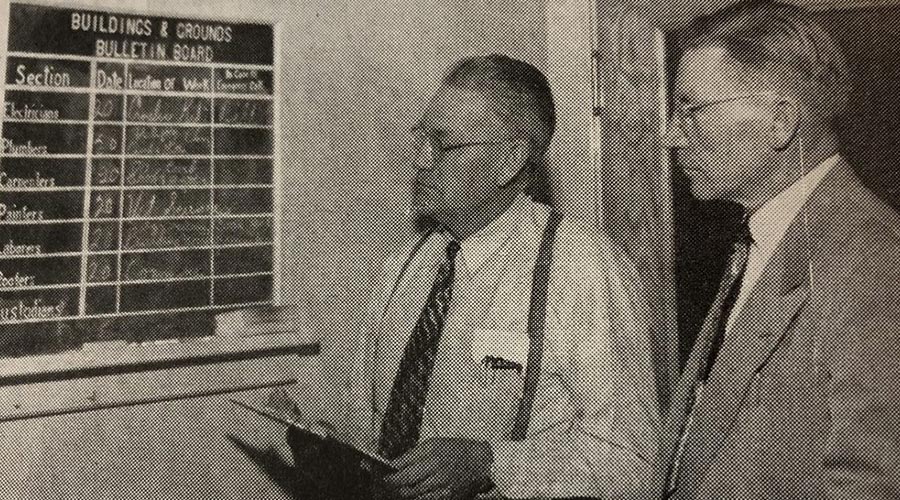FMXcellence Winners Make A Big Impact By Tackling Business Priorities
It can be easy to forget that facilities don't exist for themselves. No matter how aesthetically pleasing or technologically innovative, they are simply a means to an end, to house and facilitate the parent organization's core business. It can be easy to lose sight of that in the daily crush of to-dos, meetings, and emergencies of all shapes and sizes that consume most facility managers' days. And in a climate of constrained resources, sometimes it seems that just getting by is a feat in itself.
Which makes the projects undertaken by the 2014 FMXcellence honorees all the more remarkable. At a juncture where the facility management department had a challenge on its hands, these facility management teams paused first to consider how to more deeply align with their organization's mission and refine their delivery of services to bring the most value to the facilities' end users. The FMXcellence Recognition Program acknowledges facility management teams that have added significant value to their organization.
The 2014 FMXcellence honorees are Des Moines Public Schools, Ohio Department of Transportation, the Westminster Schools, Leon County Department of Facilities Management, the George Washington University, and U.S. Customs and Border Protection. Though the projects are often also quite impressive in scale, their excellence stems from elevating facility management through deeply understanding and serving the organization's needs and mission.
Honoree: Ohio Department of Transportation, Office of Statewide Facilities Operations
Project: Statewide Facilities Master Plan and Optimization Process
With a $1.6 billion portfolio of facilities located in 88 counties around the state, it may come as a bit of a surprise that the Ohio Department of Transportation (ODOT) didn't have a vision in place for those facilities. "The facilities [department] here was just so project- and technically oriented that there was nobody steering the ship," says Daniel Barr, deputy director, division of facilities and equipment management, who was brought back to ODOT in January of 2010 to create a statewide facilities master plan and optimization process for the portfolio. In fact, ODOT's office of statewide facilities operations didn't even have dedicated facilities engineers, instead borrowing bridge or civil engineers for projects as needed. Garages had become so obsolete, the salt trucks couldn't even all fit in them anymore.
But what Barr was really trying to achieve was a change in culture, he says. The first thing he needed to do was look at ODOT's strategic plan and get his organization in line with that plan. "It's important to tie in with what the organization is trying to achieve with these buildings," Barr says. "If you don't do that, you risk doing a function that really isn't as efficient as it could be and may not be serving the organization to the extent that it should be."
It took about two and a half years to create the master plan, and Barr started out by personally going out and meeting with each of the 88 county managers responsible for roadway maintenance to ask what was working and what wasn't. "We were able to develop credibility because of the way we were approaching it," Barr says. "We came in very non-threatening, listening instead of talking." The grassroots approach also helped to preserve buy-in for the master planning efforts over a change in administration.
In the 1980s, ODOT adopted a prototype approach to its facilities, which forced operations to conform to the limitations of the facilities. Now, with the master plan process in place and starting to be implemented, new facilities are being constructed from a menu of models which have been designed around the differing needs of urban and rural operations, and in conversation with townships and municipalities to ensure the site location and development makes sense for the duration of the facility's expected life.
Prior to the master plan, there was no way to rationally advocate for the needs of the portfolio, and facilities were in tatters with an annual allocated budget of only $8 million. With a clear vision that is aligned with ODOT's strategic plan, the office of statewide facilities operations was able to undertake $64 million worth of projects in the first year of master plan implementation, and is kicking off another $100 million of projects this year. "There's a macro and there's a micro," says Barr. "If you don't have the macro, you won't have the micro. You won't have the funding, you won't have the buy-in, you won't have anything."
Related Topics:

















